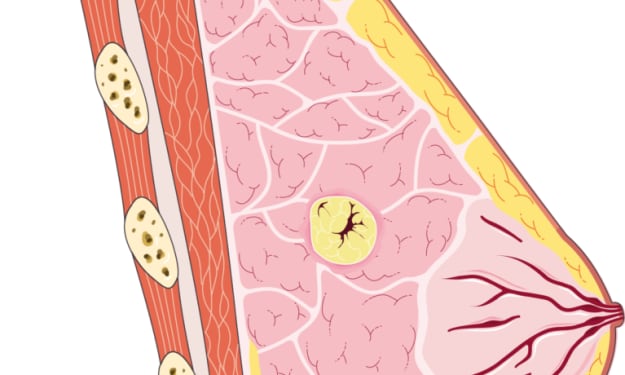Facts about Human Body
Fun and interesting fact of human body

- The average person has about 100,000 hairs on their head.
- The surface area of a human lung is about the same as a tennis court.
- The human nose can detect more than 1 trillion different scents.
- The human brain is the most complex organ in the body and is responsible for controlling all of the body's functions.
- The human eye can distinguish between over 10 million different colors.
- The average person has about 100,000 miles of blood vessels in their body.
- The average person has about 100 billion brain cells (neurons) and 100 trillion supportive cells (glial cells).
- The human nose can detect a difference in smell of just 1 part per trillion.
- The human ear can detect sounds that range in frequency from 20 Hz to 20,000 Hz.
- The human heart pumps about 2,000 gallons of blood per day.
- The human body contains enough fat to make seven bars of soap.
- The human body has enough carbon to make about 9,000 pencils.
- The human body has enough phosphorus to make about 2,200 matchheads.
- The human body has enough water to fill a 50-liter (13-gallon) drum.
- The human body has enough fat to produce enough energy to power a truck for about 3.7 miles (6 kilometers).
- The human body has enough sodium to salt about 40 bags of potato chips.
- The human body has enough sugar to fill a one-liter (quart) bottle.
- The human body has enough iron to make a single medium-sized nail.
- The human body has enough calcium to make a Tic Tac breath mint.
- The human body has enough magnesium to make a small piece of chocolate.
Fun facts about the human brain:
- The brain is the most complex organ in the body and is responsible for controlling all of the body's functions.
- The brain is the largest organ in the body and makes up about 2% of a person's total body weight.
- The brain is made up of about 100 billion nerve cells (neurons) and 1 trillion supportive cells (glial cells).
- The brain is the center of the nervous system and is responsible for sending, receiving, and processing sensory information.
- The brain is made up of three main parts: the cerebrum, the cerebellum, and the brainstem.
- The cerebrum is the largest part of the brain and is responsible for controlling movement, sensation, and thought.
- The cerebellum is located under the cerebrum and is responsible for coordinating movement and balance.
- The brainstem is located between the cerebrum and the spinal cord and is responsible for controlling basic functions such as heart rate and breathing.
- The brain is protected by the skull, which is made up of 22 bones.
- The brain is the most active organ in the body and uses about 20% of the body's total energy and oxygen.
Fun facts about nerve system:
The nervous system is the body's electrical wiring. It consists of the brain, the spinal cord, and a network of nerves that reaches every part of the body.
The nervous system is responsible for sending, receiving, and processing sensory information.
The brain is the center of the nervous system and is the body's control center, receiving and interpreting information from the senses and issuing commands to the rest of the body.
The spinal cord is a long, delicate tube of nerve tissue that runs from the brain down through the center of the back. It carries messages to and from the brain and serves as a kind of relay station for the rest of the body.
The peripheral nervous system consists of all the nerves that lie outside the brain and spinal cord. It is divided into the somatic and the autonomic nervous system.
The somatic nervous system is responsible for carrying messages to and from the brain and the muscles, skin, and organs.
The autonomic nervous system is responsible for controlling the body's internal organs and glands and regulating things like heart rate and digestion.
The nervous system is made up of neurons, which are specialized cells that transmit messages, and glial cells, which support and protect the neurons.
Neurons communicate with each other and with other cells through electrical and chemical signals called action potentials and neurotransmitters.
The human body has over 100 billion neurons and hundreds of trillions of glial cells.





Comments
There are no comments for this story
Be the first to respond and start the conversation.